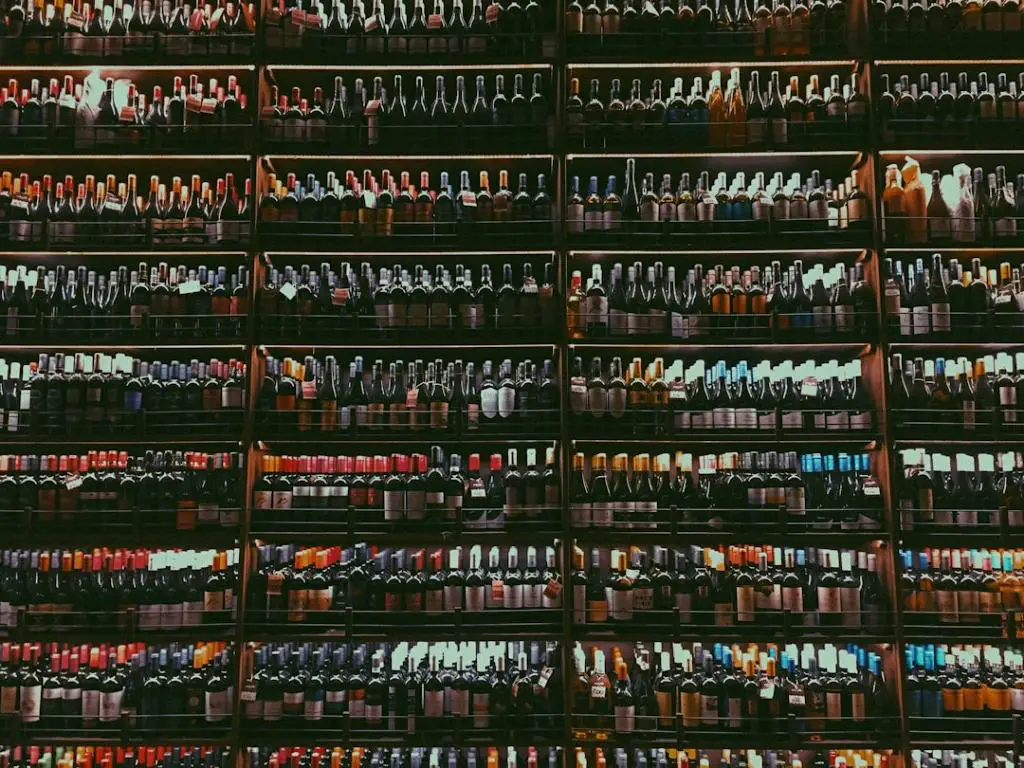Sancerre, the renowned white wine from the picturesque region of the Loire Valley in France, often raises eyebrows when it comes to its price tag. Many wine connoisseurs question why Sancerre tends to be more expensive compared to other wines. Today, we will delve into the factors that contribute to the high price of Sancerre and shed light on the reasons behind its allure and elevated cost.
The Prestige of the Appellation
One of the primary reasons behind the steep price of Sancerre lies in its prestigious appellation. Sancerre is meticulously produced within a limited geographic area, and its appellation status guarantees strict adherence to quality standards. This exclusivity adds a sense of prestige to the wine, making it highly sought after by wine enthusiasts and collectors alike.
The Terroir and Microclimate
The unique terroir and microclimate of the Sancerre region greatly contribute to the wine’s quality and subsequently its price. The combination of limestone-rich soils, coupled with the cool continental climate, creates the perfect conditions for cultivating the beloved Sauvignon Blanc grapes that Sancerre is renowned for. The terroir imparts distinct flavors and aromas to the wine, making it truly exceptional and worth the investment.
Handpicking and Labor-Intensive Winemaking
Another crucial factor in the high cost of Sancerre is the meticulous process of handpicking the grapes. The vineyards in Sancerre are predominantly steep and hilly, making mechanized harvesting impractical. The manual labor involved in picking the grapes adds both time and expense to the winemaking process. However, this hands-on approach ensures that only the finest grapes are selected, leading to the exceptional quality that Sancerre is known for.
Small-scale Production and Limited Yields
Sancerre production is characterized by its small-scale nature, where vineyard sizes are relatively modest. This limited production and the low yields per hectare further contribute to the higher price of the wine. The scarcity of the product naturally drives up its value, as demand often exceeds supply. Consequently, winemakers need to charge more to compensate for the limited quantity of Sancerre available in the market.
Extended Aging and Maturation
Unlike some wines that are meant to be consumed shortly after release, Sancerre often benefits from extended aging and maturation. This additional time allows the wine to develop complexity, depth, and a refined character. However, this prolonged aging process incurs costs for winemakers, including storage, care, and opportunity cost. The investment of time and resources necessary for maturity is reflected in the higher price of Sancerre.
Winemaking Expertise and Traditions
Sancerre winemakers take pride in their expertise and the rich traditions passed down through generations. The meticulous craftsmanship involved in producing Sancerre requires great skill and experience. Winemakers carefully monitor and adjust various parameters throughout the winemaking process to ensure optimal quality. This dedication to craftsmanship contributes to the wine’s elevated price, as consumers are willing to pay for the expertise and artistry behind each bottle.
Marketing and Demand
The marketing efforts around Sancerre have also played a role in its perceived value and higher price. Through effective promotion and branding, Sancerre has gained international recognition and a reputation for excellence. Consequently, the demand for Sancerre has steadily increased, leading to higher prices in the market. Restaurateurs and sellers often take advantage of this demand by imposing a premium known as the “Sancerre tax” to capitalize on its popularity.
Supply Chain and Distribution Costs
The complex supply chain and distribution costs associated with Sancerre wines also contribute to their elevated prices. Winemakers in Sancerre typically operate on a smaller scale, and the costs associated with production, bottling, labeling, and distribution are spread across a smaller volume of wine. This results in higher costs per bottle, which are then transferred to the consumer, further justifying the premium price of Sancerre.
Quality Assurance
The stringent quality assurance processes involved in Sancerre winemaking also impact the price. From vineyard management to bottling, each step undergoes meticulous monitoring and regulation. Independent organizations and governing bodies strictly control the quality standards and authenticity of Sancerre wines, ensuring that consumers are purchasing a premium product. This rigorous quality control naturally adds to the cost of production, ultimately reflected in the price of Sancerre.
Rarity and Exclusivity
Finally, Sancerre’s rarity and exclusivity contribute significantly to its higher price point. The limited availability and high demand for Sancerre create a sense of exclusivity, making it a coveted wine among enthusiasts. The perceived value amplifies the desirability, leading to a higher willingness among consumers to pay a premium for a bottle of this distinguished wine.

In Conclusion
Sancerre’s high price is a culmination of numerous factors, including its prestigious appellation, unique terroir, labor-intensive winemaking, limited yields, extended aging, winemaking expertise and traditions, marketing efforts, supply chain costs, quality assurance processes, and its perceived rarity and exclusivity. These elements combine to create a wine that is not only exceptional in taste but also carries with it a sense of distinction and craftsmanship. So, the next time you indulge in a glass of Sancerre, remember that its price is a testament to the dedication and passion behind its production and the extraordinary experience it offers.
